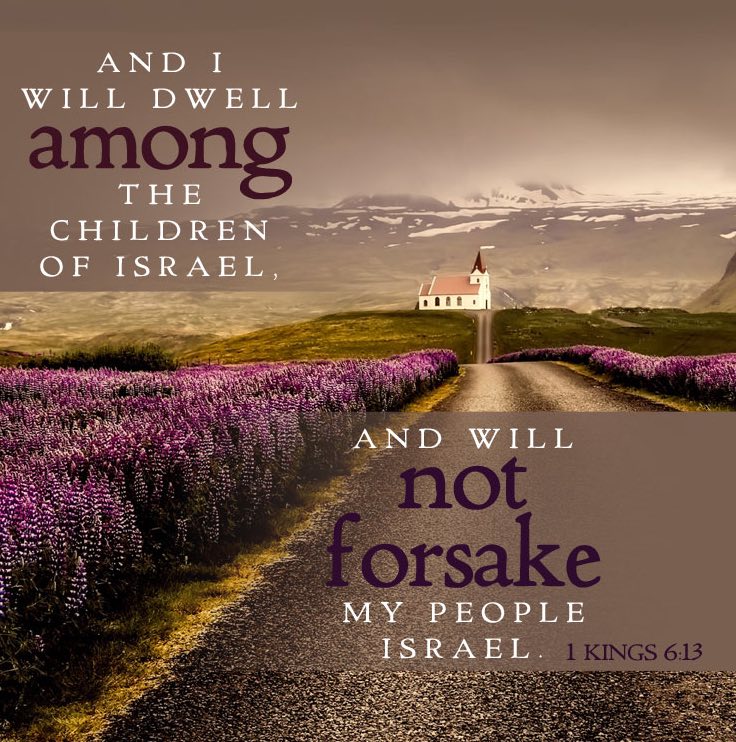1 Kings Chapter 6

When Moses built the tabernacle, God instructed that certain specifications be followed:
According to all that I show you, that is, the pattern of the tabernacle and the pattern of all its furnishings, just so you shall make it. … And you shall raise up the tabernacle according to its pattern which you were shown on the mountain. (Exo 25:9, 26:30)
Solomon’s Temple was not exactly like the tabernacle. The most obvious difference was that it comprised three storeys (1 Kings 6:8) while the tabernacle was on one level. The dimensions were also not the same. Most crucially, the tabernacle was mobile while the temple was not.
We are reminded often that God does not dwell in a temple nor that He wanted a temple for Himself:
But will God indeed dwell on the earth? Behold, heaven and the heaven of heavens cannot contain You. How much less this temple which I have built! (1 Kings 8:27)
For I have not dwelt in a house since the time that I brought the children of Israel up from Egypt, even to this day, but have moved about in a tent and in a tabernacle … have I ever spoken a word to anyone from the tribes of Israel … saying, ‘Why have you not built Me a house of cedar? (2 Sam 7:6-7)
Thus, the temple was a concession that God allowed for His chosen people with this caveat:
And the LORD said to him: “I have heard your prayer and your supplication that you have made before Me; I have consecrated this house which you have built to put My name there forever, and My eyes and My heart will be there perpetually. Now if you walk before Me … to do according to all that I have commanded you, … then I will establish the throne of your kingdom over Israel forever … But if you or your sons at all turn from following Me, and do not keep My commandments … then I will cut off Israel from the land which I have given them; and this house which I have consecrated for My name I will cast out of My sight.” (1 Kings 9:3-7)
Therein lies the difference between the church comprising those that are called out (1 Peter 2:9) and the church building. Essentially, God dwells with His people when they keep His commandments and obey Him (Matt 18:20). This is signified by the glory of the Lord filling the tabernacle in its inauguration (Exo 40:34) and when the ark of the covenant was installed in Solomon’s Temple (1 Kings 8:6-11). The temple and the church building are sanctified/consecrated by the presence of God when He deigns to dwell with His people.
Ultimately, in spiritual worship, the physical building is not the most relevant:
Jesus said to her, “Woman, believe Me, the hour is coming when you will neither on this mountain, nor in Jerusalem, worship the Father. But the hour is coming, and now is, when the true worshipers will worship the Father in spirit and truth; for the Father is seeking such to worship Him. God is Spirit, and those who worship Him must worship in spirit and truth.” (John 4:21-24)
To us Christians then, we should construct church buildings to facilitate the work of God – to preach the gospel and to feed the flock. The buildings should not be ostentatious but should be practical and economical. There should be an optimal number of buildings scattered around for the convenient gathering of a critical mass (enough to fulfill all the activities that are necessary – sermon delivery, pastoral, REU classes, etc.) of the believers.
Indeed, it is only spiritually and not physically that we will have an enduring church in Jerusalem:
But you have come to Mount Zion and to the city of the living God, the heavenly Jerusalem, to an innumerable company of angels, to the general assembly and church of the firstborn who are registered in heaven, to God the Judge of all, to the spirits of just men made perfect, to Jesus the Mediator of the new covenant … (Heb 12:22-24)

